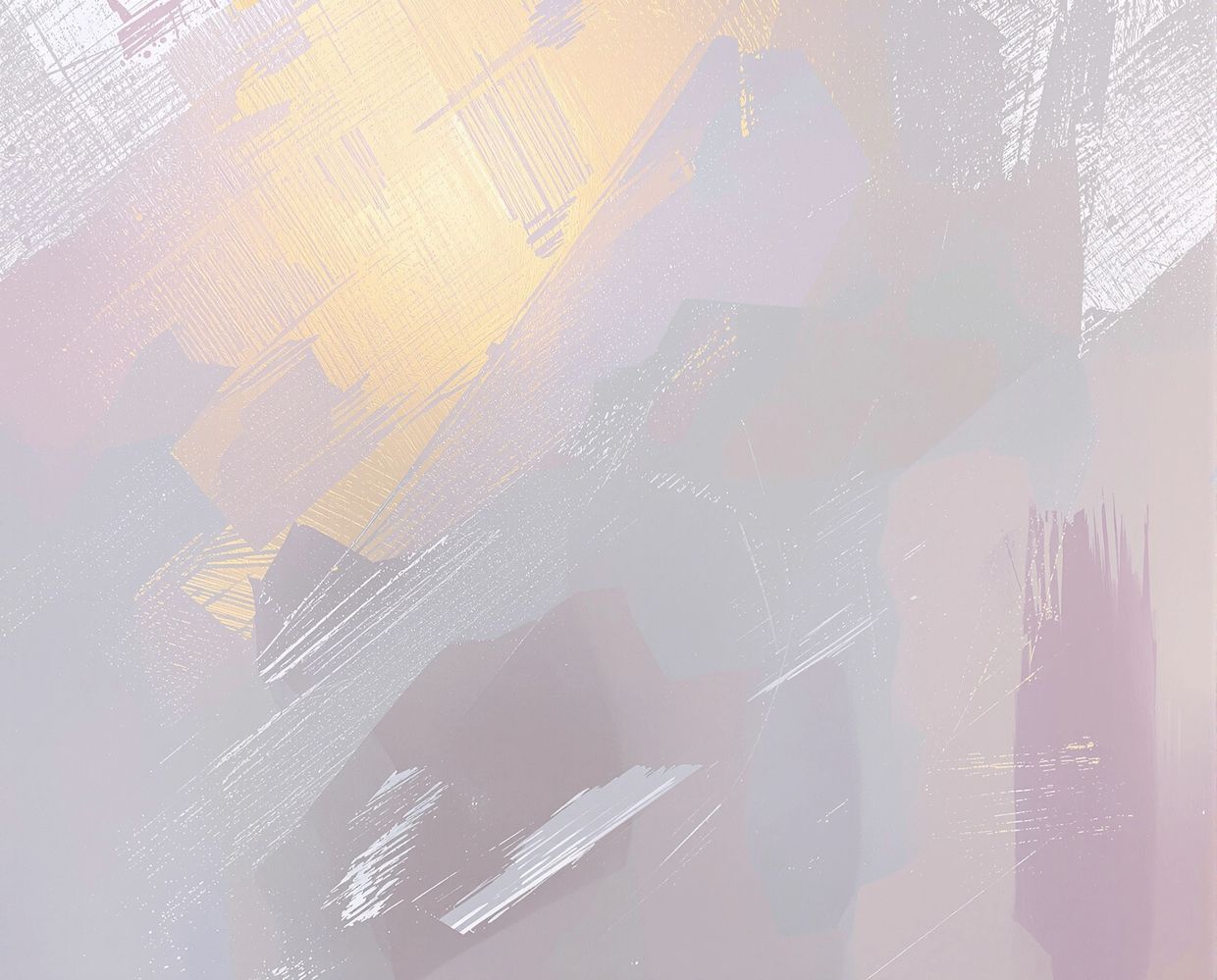Lumen: painting with light

We’re in Cornwall. The window’s open. The sea is near, but out of sight. Daylight falls in diffuse planes, moving with the air. Here, artificial intelligence does not depict objects — it describes a condition. These images record not what light touches, but what light is: a vibration, a frequency, a living force. Light isn’t colour; it’s energy. Colour only appears when that energy meets matter — when it’s reflected, absorbed, refracted. These synthographs dwell in that threshold, before the visible world takes form.
“Let there be light” — the command that brings order from chaos. Lumen rests in that same idea: the transformation of energy into something visible, absence turning to substance. Across eighteen images, the logic of light reveals itself — from gesture to structure, from substance to shimmer. These are synthographs — digital paintings where light itself has learned to draw. The compositions feel etherial yet precise: crystalline networks of reflection and refraction. The palette drifts between white, pearl, pink, mauve, and soft lilac; metallics lend a quiet iridescence. Representation dissolves into resonance. Each image behaves like a presence — something both seen and felt, like sunshine on a summer’s day.
Light has long been a symbol of awakening, wisdom, and revelation — the moment when understanding arrives. It is a universal sign across faiths and philosophies, linked to pure awareness and consciousness: the fundamental illuminator of all experience. I keep returning to this idea of painting with words and pixels — tiny, individually lit elements that form the building blocks of digital images. I wanted the prompts to be light too, both in tone and in weight. Nemoris was outside, looking at nature. Gestura was inside, facing the wall. If Storm was inside the mind, then Lumen is inside the light itself. It completes a cycle: after turbulence, a clearing. The work is not about looking at light, but standing within it — quiet, radiant, infinite.
“Everything is light, all else is darkness.” — Leonardo da Vinci
Copyright © David Name 2025.
All rights reserved.